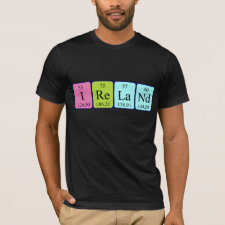
Authors: Saifuddin N, Yasumira AAN
Article Title: Microwave Enhanced Synthesis of Chitosan-graft-Polyacrylamide Molecularly Imprinted Polymer (MIP) for Selective Extraction of Antioxidants.
Publication date: 2010
Journal: E-Journal of Chemistry
Volume: 7
Issue: (4)
Page numbers: 1362-1374.
DOI: 10.1155/2010/402698
Alternative URL: http://www.hindawi.com/journals/jchem/2010/402698/abs/
Abstract: Polymers have been molecularly imprinted for the purpose of binding specifically to alpha-tocotrienol (vitamin E). A molecularly imprinted polymer (MIP) material was prepared using α-tocotrienol as the imprinted molecule, acrylamide as functional monomer and macroporous chitosan beads as functional matrix. Chitosan-graft-polyacrylamide was synthesized without any radical initiator or catalyst using microwave (MW) irradiation. The representative microwave synthesized graft copolymer was characterized by fourier transform-infrared spectroscopy, taking chitosan as a reference. Microwave irradiation was exploited for polyacrylamide grafting on the cross-linked chitosan beads to produce MIP, where both time as well as chemicals can be saved. It can be assumed that the chitosan coated polyacrylamide MIP will have better pH stability and enhanced adsorption capacity. The maximum adsorption capacity was observed to be 3.95 mg/g of MIP, which gave removal efficiency of 93%. After 4 h, the change of adsorption capacities for α-tocotrienol did not show notable effects. The Langmuir and Freundlich adsorption models were also applied to describe the equilibrium isotherms
Template and target information: α-tocotrienol, vitamin E
Author keywords: Chitosan beads, molecular imprinting, α-Tocotrienol, Palm oil, Microwave



Join the Society for Molecular Imprinting

New items RSS feed
Sign-up for e-mail updates:
Choose between receiving an occasional newsletter or more frequent e-mail alerts.
Click here to go to the sign-up page.
Is your name elemental or peptidic? Enter your name and find out by clicking either of the buttons below!
Other products you may like:
 MIPdatabase
MIPdatabase









